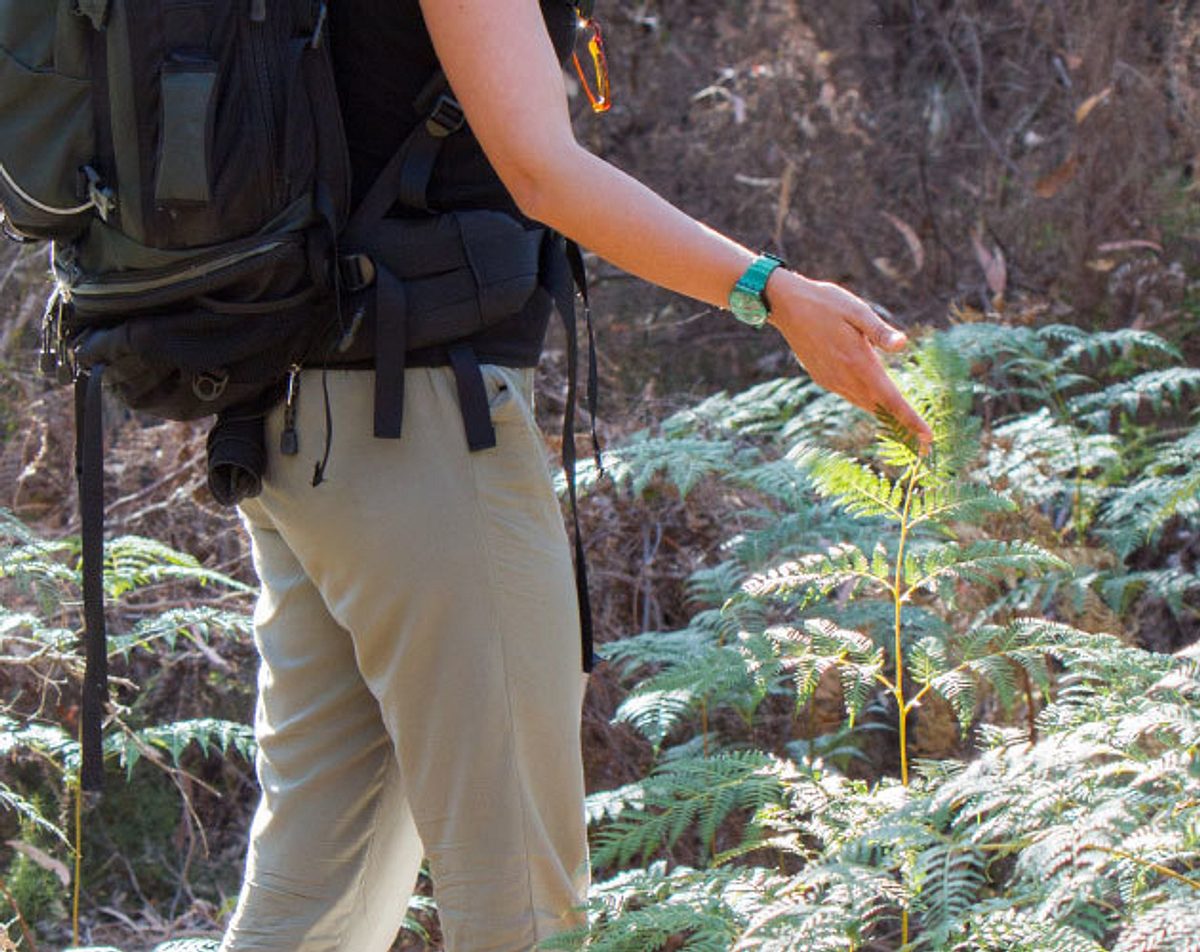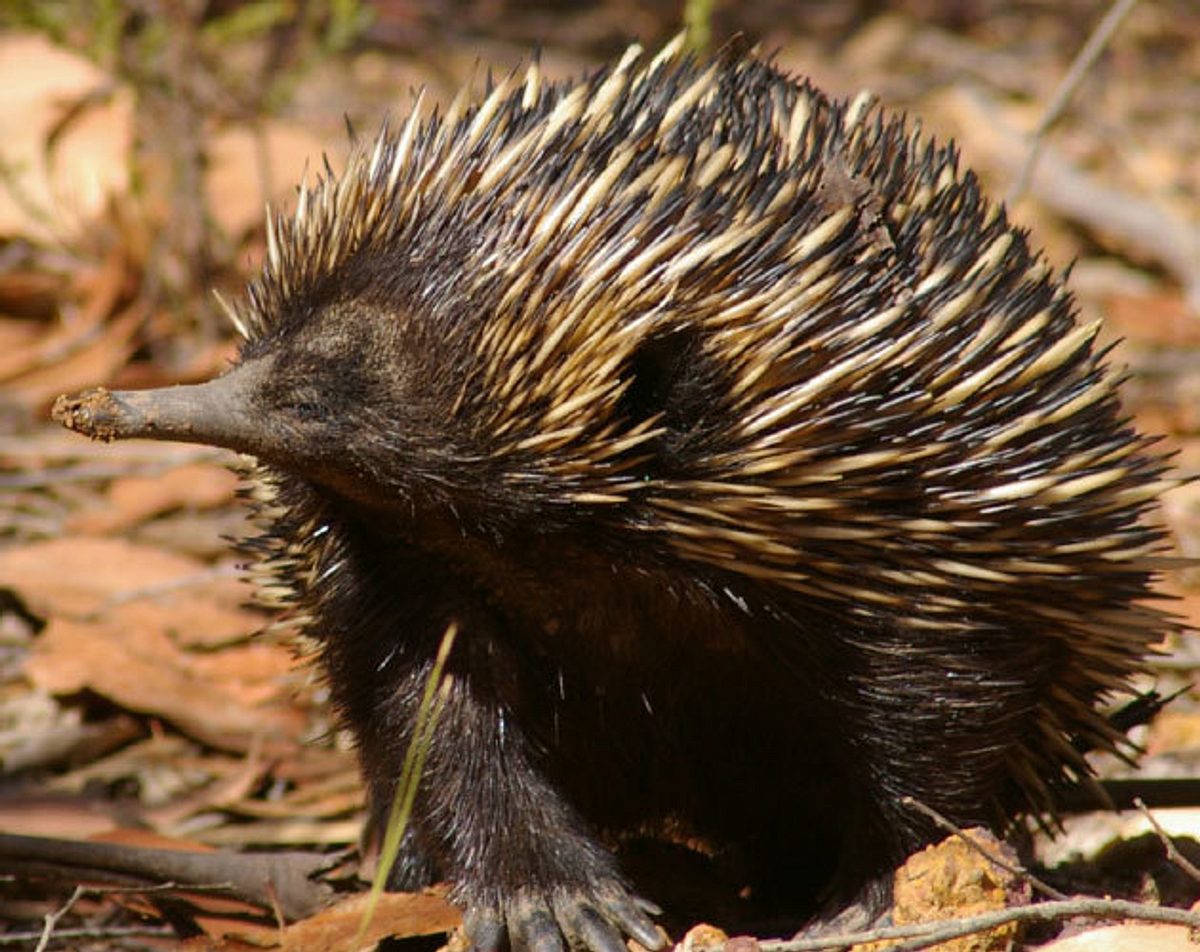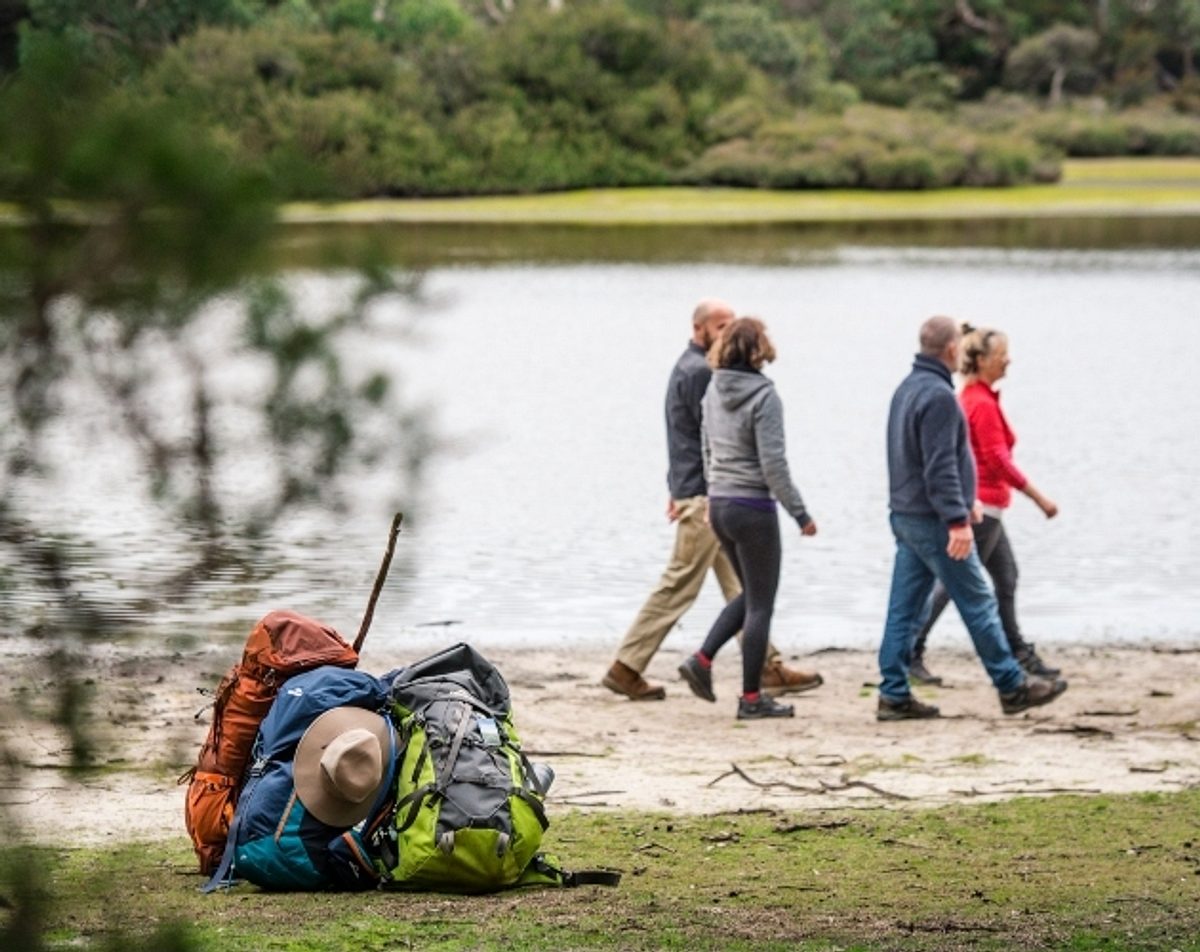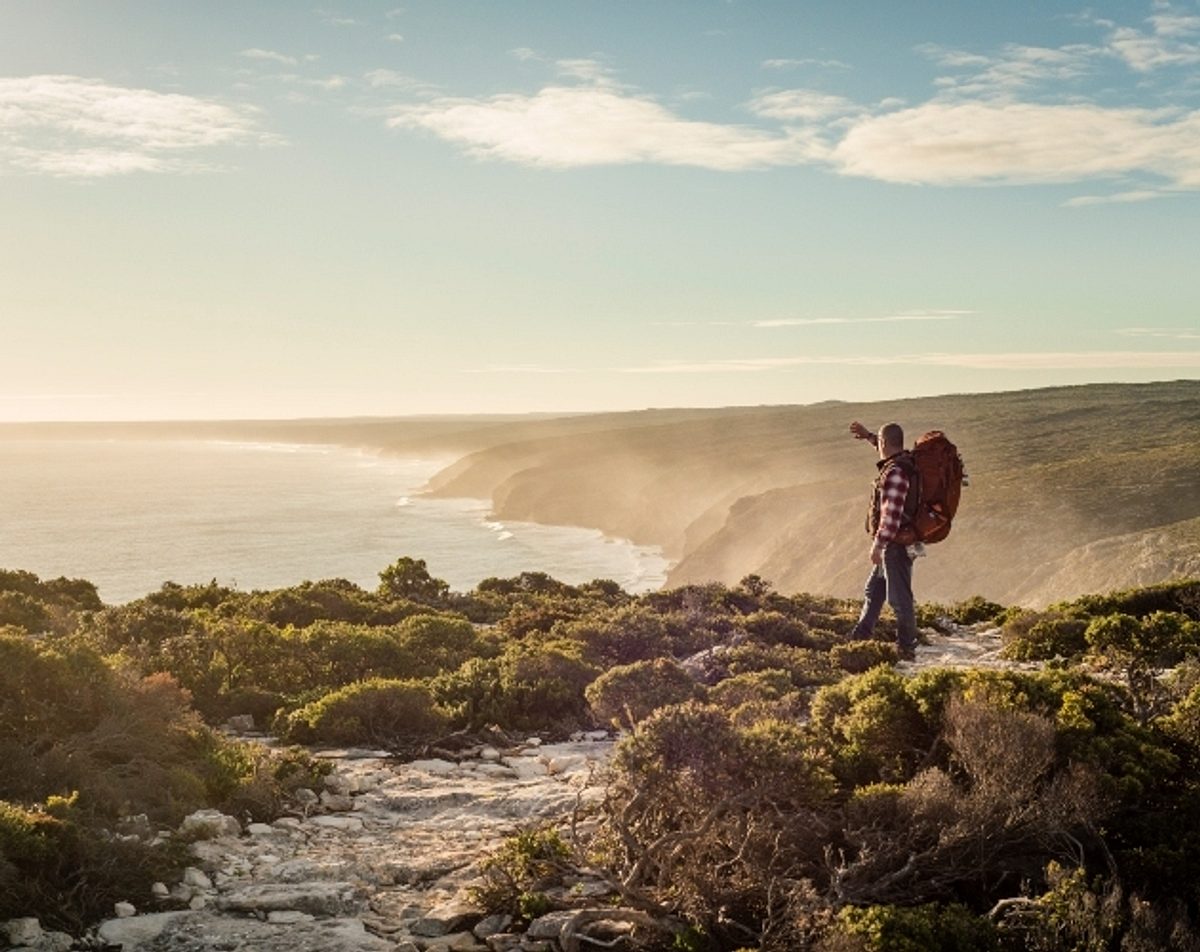
Nature and history
A journey of abundance
With its dense bushland, soaring cliffs, untouched white sandy beaches and pristine rivers and lagoons, the Kangaroo Island Wilderness Trail provides walkers with a front row seat to some of the island’s most iconic natural and historical attractions.

Vegetation
The Kangaroo Island Wilderness Trail traverses the most botanically unique area in all of South Australia. Majestic sugar gums and towering mallee are lush with growth while tiny flowers cover windswept heath, offering a kaleidoscope of forms and colours that will surprise and delight you. Some plants take longer to recover than others and in places blackened branches dominate the landscape. But look closely and you are sure to spot green shoots emerging from the soil.

Wildlife
The Kangaroo Island Wilderness Trail is the perfect setting to quietly ‘go bush’ and see native animals as they were meant to be seen — in the wild. For some of the animals that live here the island is their final stronghold in the world, making every encounter all the more special. Along with sightings of the island’s namesake, the Kangaroo Island kangaroo, you might come across the Kangaroo Island echidna, tammar wallaby, Rosenberg’s goanna, brush-tailed possum, western pygmy possum, southern brown bandicoot, six species of bat, six species of frog, Kangaroo Island tiger snake and pygmy copperhead snake. Encounters continue on the water, with sightings of long-nosed fur seals, bottle-nosed dolphins and migrating whales all up for grabs.

Birdlife
Kangaroo Island is home to an incredible 267 species of bird, many of which can be seen year round in their natural habitat along the Kangaroo Island Wilderness Trail. Within the mallee and stringybark vegetation of Flinders Chase National Park some of the island’s bush birds will enthral and enchant you, among them the shy heathwren and little wattlebird. Closer to the trail’s rivers you’ll find forest specialists such as the white-eared and crescent honeyeater, bassian thrush and shining bronze-cuckoo. Along the coast the rare and majestic white-bellied sea eagle, osprey, kestrels and kites will take your breath away as they hunt along the rugged clifftops. When your feet hit the sand along the trail’s many beaches you might catch a glimpse of some of the island’s rarest shorebirds, such as the threatened hooded plover and pied oystercatcher. While back inland the trail’s lagoons provide sightings of an abundance of wetland species, including the Latham’s snipe, Australasian shoveler, red-kneed dotterel and Australian spotted crake.

Rivers and lagoons
Among the spectacular scenery of the Kangaroo Island Wilderness Trail are the near pristine Rocky River and freshwater lakes including the Wilderness and Grassdale Lagoon that provide habitat for a diversity of birds and frogs, along with an essential water source for other native wildlife.

Coast
Along with the spectacular sights of Admirals Arch and Remarkable Rocks, the coastline along the Kangaroo Island Wilderness Trail has everything from surf-pounded cliffs and becalmed coves to famous sweeps of sand and secret rocky inlets. You’ll feel as if you’re standing at the edge of the world, with nothing but the Southern Ocean between you and Antarctica. Seafarers found this section of coast unforgiving, with many ships wrecked and lives lost prior to the construction of the historic Cape du Couedic Lighthouse. As the trail heads towards this iconic landmark you’ll walk in the footsteps of the handful of shipwreck survivors that fought against seemingly insurmountable odds and lived to tell the tale.

History
From the fossils of prehistoric megafauna and campsites of ancient Aboriginal people to the shipwrecks of European explorers and historic cottages of the island’s first settlers, there’s a story to discover around every corner of the Kangaroo Island Wilderness Trail. With as many mysteries as there are proven facts, there is one constant throughout all of the island’s wild history — a tenacity for survival and sense of independence borne out of the inherent isolation of this frontier at the edge of the world.